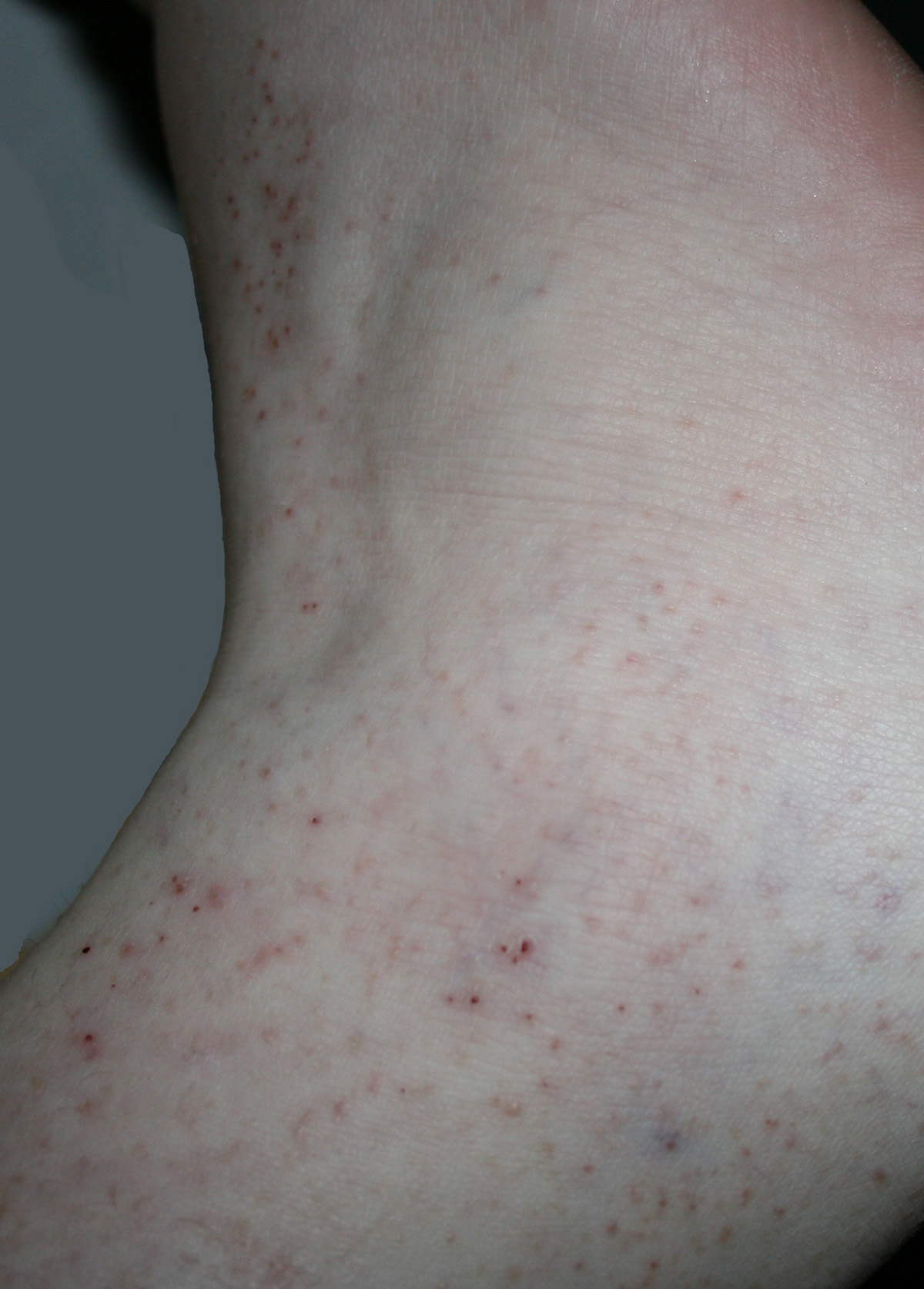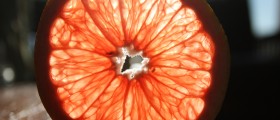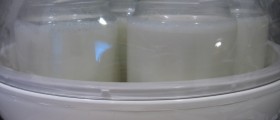
Introduction to Gout
Gout represents a metabolic type of arthritis. The condition features with inability of the body to deal with increased levels of uric acid. In patients suffering from gout the amount of uric acid rises. There is an evident and easily confirmed build-up of uric acid in the body. Uric acid is a normal by-product of the metabolism of purine rich foods. In case of gout the level of uric acid is increased and the very accumulation of the acid in the joints leads to their inflammation and subsequent symptoms and signs of the condition as well as other changes in the body including subcutaneous changes and formation of kidney stone.
Gout predominantly affects both genders, predominantly men. In women the condition generally starts during menopause. This is why scientists believe that the condition has something to do with hormonal imbalance. Gout seems to be hereditary. It does not affect children and is most commonly diagnosed between the age of 40 and 60.
Gout can be classified as primary and secondary. Primary gout is a genetic disease and secondary gout develops as a consequence of some other medical condition or due to intake of certain medications.Symptoms of Gouty Arthritis
The gouty arthritis commonly starts at the base of the big toe. It may further progress and affect other joints such as the fingers, wrists, elbow, knees and ankles. A gout attack features with sudden pain in the affected joint. The inflammation of the joint leads to swelling, warmth and tenderness. Some patients may complain about excruciating pain. General symptoms of gout include fever and chills and feeling of malaise.
The attack subsides within a few hours or days and while some patients require medications in others the condition subsides on its own. In rare occasions the symptoms and signs of gout may linger for a few weeks.
Is There a Way to Prevent Gout Attack?
One of the most effective ways to prevent recurrence of gout attack is a specific change in one's diet. Foods and food products that contain increased amounts of uric acid must be reduced if not eliminated from the diet. Some of the foods that are rich in uric acid include organ meats (brain, kidneys and liver), meats like lamb, pork, beef and bacon, game meats, seafood such as scallops, mackerel, herring, sardines and anchovies. As for vegetables the highest percentage of uric acid is found in legumes e.g. dried peas and dried beans. Patients are strictly forbidden to consume alcohol (particularly beer). And finally, since gout most commonly affects obese people one may successfully prevent gout attacks with adequate weight reduction.







-Symptoms,-Diagnosis,-Treatment_f_280x120.jpg)









Your thoughts on this
Loading...